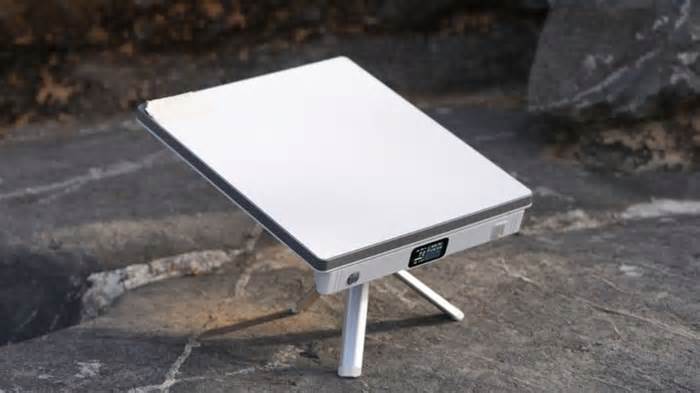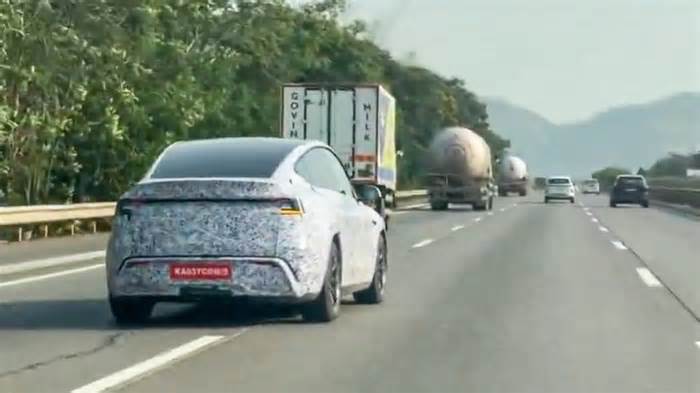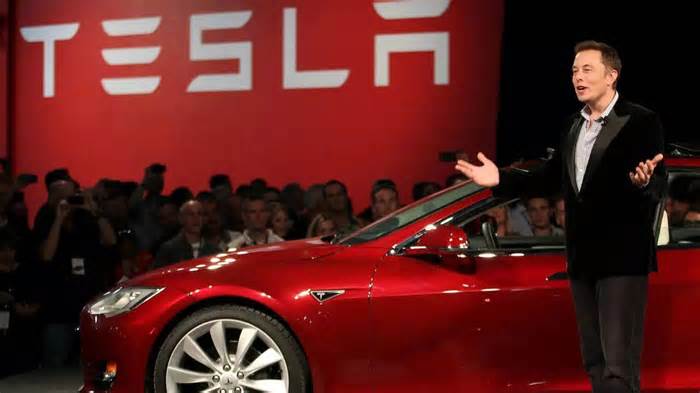
New Starlink Fully Portable Mini Dish Delivers 4.5-Hour Battery Life
- by ChannelNews
- Jul 24, 2025
- 0 Comments
- 0 Likes Flag 0 Of 5

Latest News
A new battery solution has transformed SpaceX’s Starlink Mini satellite dish into a truly portable internet device, with the PeakDo LinkPower 1 power bank providing over 4.5 hours of uninterrupted connectivity for $179.
The battery pack locks securely to the back of the compact terminal, creating a self-contained unit that can deliver high-speed internet anywhere within satellite coverage.
The LinkPower 1 features a 99Wh capacity battery that slots directly into the mounting point on the Starlink Mini’s rear, powering the dish through a short DC-to-DC barrel connector.
This design eliminates the need for specialised SpaceX cables and AC adapters, making the satellite internet system truly mobile for digital nomads, remote workers, and adventure travellers.
Testing revealed a consistent battery life of 4 hours and 35 minutes with seven active devices connected to the Starlink Mini, representing improved efficiency compared to previous testing with generic power banks.
The enhanced performance reflects ongoing firmware updates that have optimised the Mini’s power consumption since its October launch.
The battery pack includes a bi-directional USB-C PD port capable of delivering up to 65W for device charging while simultaneously accepting 100W input to power the Starlink and recharge the internal battery.
An integrated display monitors power flow on both ports, while a single button controls the DC output to the satellite dish and activates the display.
Charging capabilities allow indefinite internet operation when connected to vehicles, solar generators, or portable solar panels through standard USB-C connections.
The system charges fully in 2 hours and 30 minutes from a 100W source while maintaining Starlink operation, with the display showing approximately 55-60W charging input and 18-26W powering the satellite terminal.
Remote monitoring and control functionality operates through Bluetooth connectivity with a web application supporting Android, Mac, and PC platforms, though iPhone users require specialised browsers supporting Web Bluetooth APIs.
The remote access enables advanced features, including scheduling automatic on/off cycles for the Starlink Mini.
The portable solution addresses previous limitations requiring AC wall adapters or specialised 100W USB-C power sources with weather-resistant barrel jack cables.
Standard USB-C equipment can now maintain the system, with testing showing van USB-C ports provide sufficient power through adapters connected to 12V outlets.
Weather resistance represents the primary limitation, with the LinkPower 1 rated IPX4 compared to the Starlink Mini’s IP67 certification.
The battery resists water splashing but lacks dust protection certification, making rooftop mounting inadvisable during rain or dusty conditions.
The Starlink Mini functions effectively from inside vehicles when positioned against glass surfaces.
Operating temperature ranges span 60°C to -20°C for the battery compared to the Starlink Mini’s 50°C to -30°C range, indicating adequate performance for most mobile applications but potential limitations in extreme cold conditions.
The design prevents use of SpaceX’s kickstand or official mounts, though three-quarter-inch mounting holes accommodate aftermarket tripod solutions.
The additional 645 grams adds stability to the 1.1-kilogram Starlink Mini without creating excessive weight, addressing previous wind resistance concerns while maintaining portability.
At $179, the LinkPower 1 costs approximately double compared to standard 99Wh power banks but provides specialised integration and functionality.
The battery-powered configuration opens new deployment possibilities by enabling placement anywhere within Wi-Fi range without power cable constraints.
Users can position the dish on vehicle rooftops, in remote clearings with clear satellite visibility, or in temporary locations for optimal signal reception.
For digital nomads and remote workers, the combination eliminates infrastructure dependencies while providing reliable high-speed internet access in locations previously unreachable by terrestrial connections.
The Starlink Mini already serves communities and individuals in areas where traditional internet infrastructure remains unavailable or unreliable.
The self-contained system activates with a single button press and operates for over four hours independently, or indefinitely when connected to standard USB-C power sources.
This convenience factor significantly enhances the practical utility of satellite internet for mobile applications, adventure travel, and emergency communications.
About Post Author
Please first to comment
Related Post
Stay Connected
Tweets by elonmuskTo get the latest tweets please make sure you are logged in on X on this browser.






 Energy
Energy


















